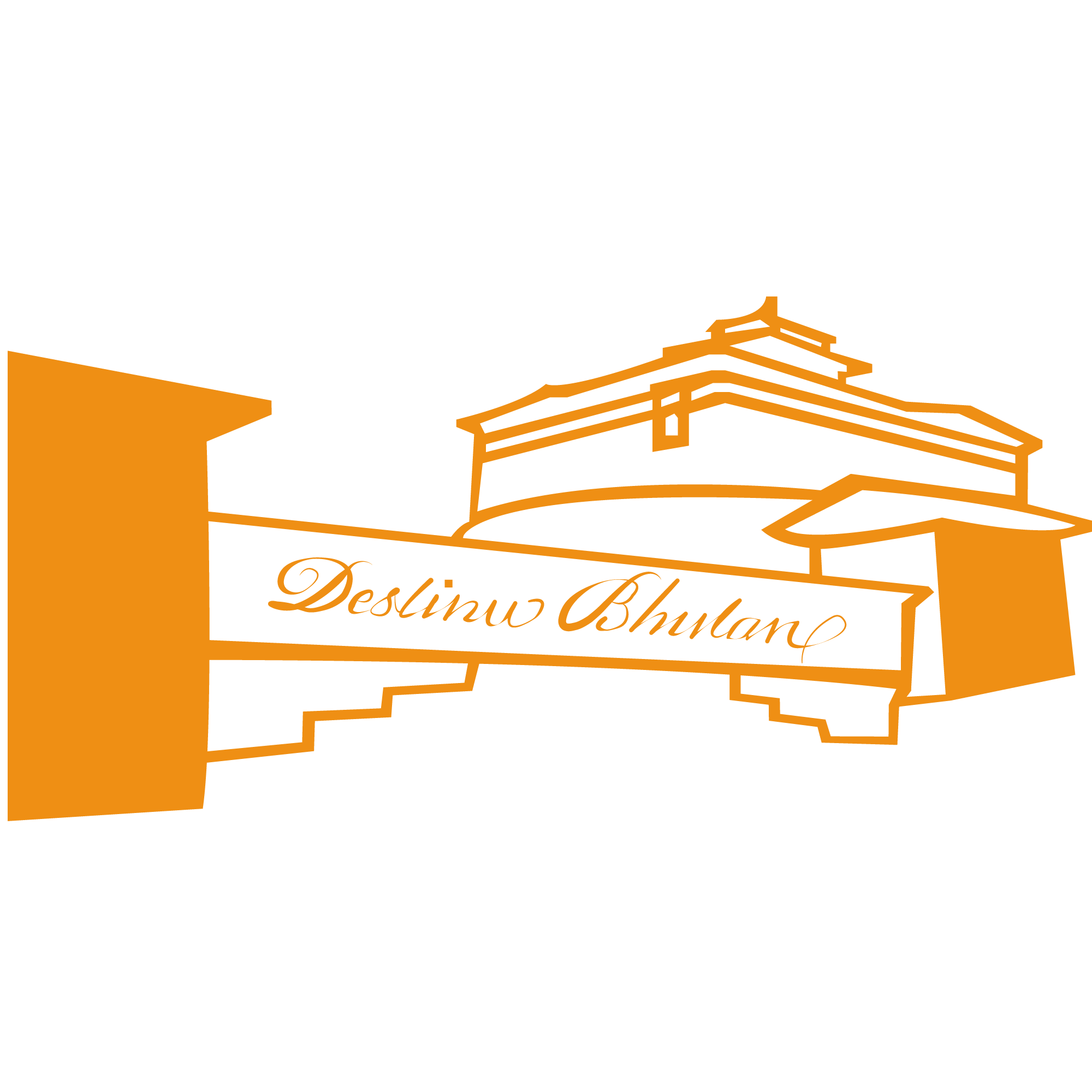Traditional
Arts and Crafts
Bhutanese art and crafts, particularly those that are religious in their thematic content follow strict iconography rules. Merit can be earned only if the prescribed rules are strictly followed. The use of creative energy is used mostly in secular artistic ventures. Zorig Chosum or the 13 aspects of Bhutanese arts and crafts includes shinzo (woodwork), dozo (stonework), jinzo (clay crafts), lugzo (bronze casting), parzo (wood, slate and stone carving), lazo (painting), shagzo (wood turning), garzo (black smithy), troeko (silver and gold smithy), tsharzo (bamboo and cane crafts), dhezo (papermaking), thagzo (weaving) and tshemzo (tailoring). The skill of Bhutan’s craftsmen, working with bronze, silver and other fine metals, is seen in myriad ways: statues of deities, doors and pillars of temples, bells, trumpets, swords, tables, candlesticks, rice boxes, and jewelry.

